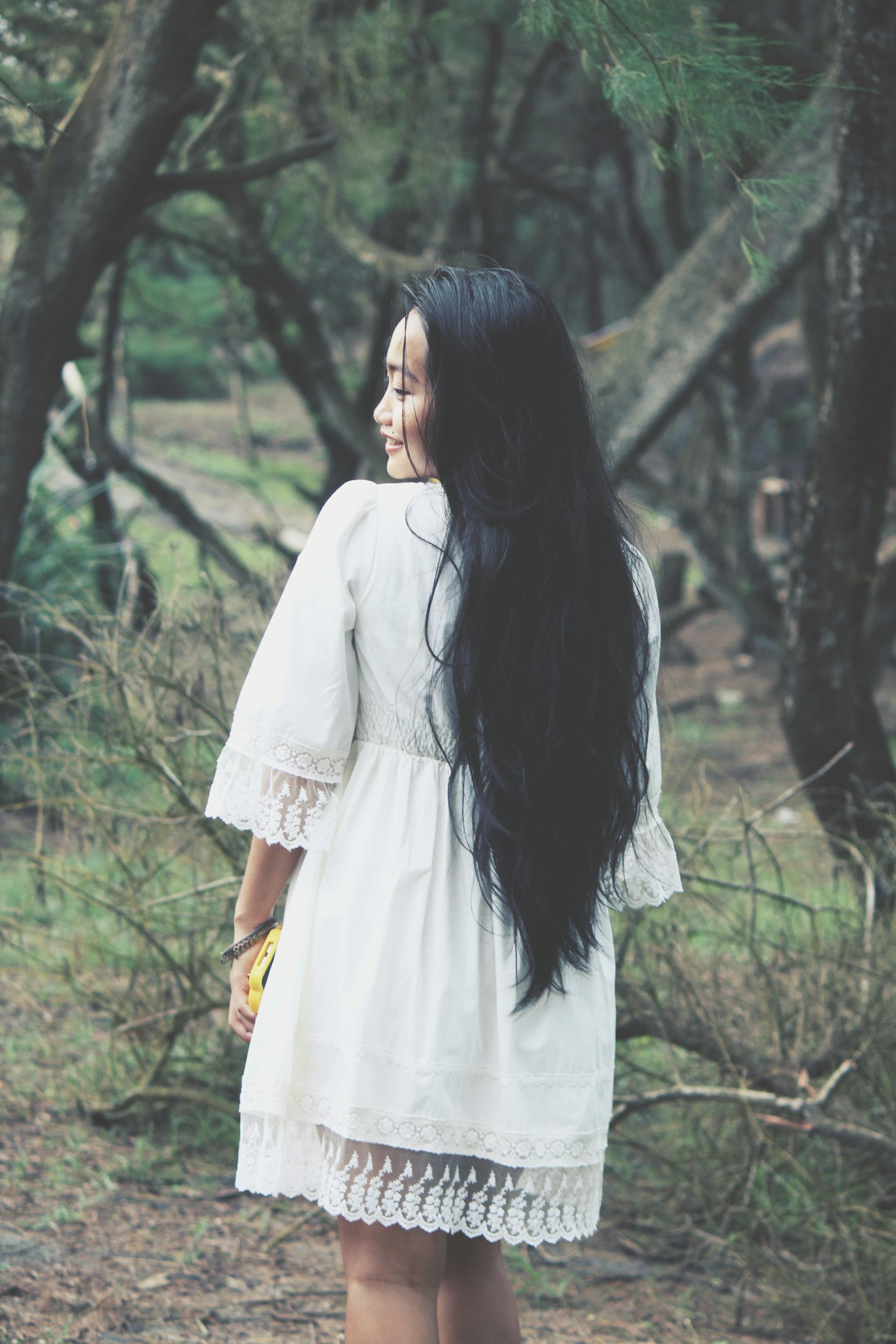Find out the real story Rich metaphor permeates the traditions used in Asian marriage festival rituals. The ceremonies are a nod to Asian culture’s deeply ingrained beliefs that the union of couples should be honored by their families and by the universe. These ceremonies range from the wedding hairdressing and capping ceremonies for the bride to the otoshigami, where the groom blocks himself with his family and friends. The tea ceremony also features the couple serving their parents, grandparents, and other elders and receiving red envelopes ( or hong bao ) filled with money or jewelry.

On the day of their wedding, it is customary in Chinese marriages to honor one’s grandparents and deities. This entails changing into fresh clothes and taking a pomelo leaf shower to get rid of bad spirits. The couple’s relatives will then typically prepare 12 gifts for their daughter-to-be, including bridal cookies, traditional Chinese pie, a bamboo item set, candles and firecrackers https://www.nytimes.com/2023/01/12/style/dating-classes-texting.html, gold jewelry, and cash.
Generally, a parade travels from the groom’s house to the bride in the Japanese marriage festival. Visitors will have lamps and banners, ring gongs to frighten away evil spirits, and lighting a bonfire made from the sacred sakaki tree’s branches. A short song that teaches newlyweds spiritual values for married life is then read by a miko, or adult associate of the priest.
The pair bow to the couple’s predecessors and the temple gods after clapping their hands twice. A few days afterwards, to show her respect and appreciation, the wife kneels down in front of her husband’s parents and grandparents and serves them teas with two flowers seedlings or two reddish times.